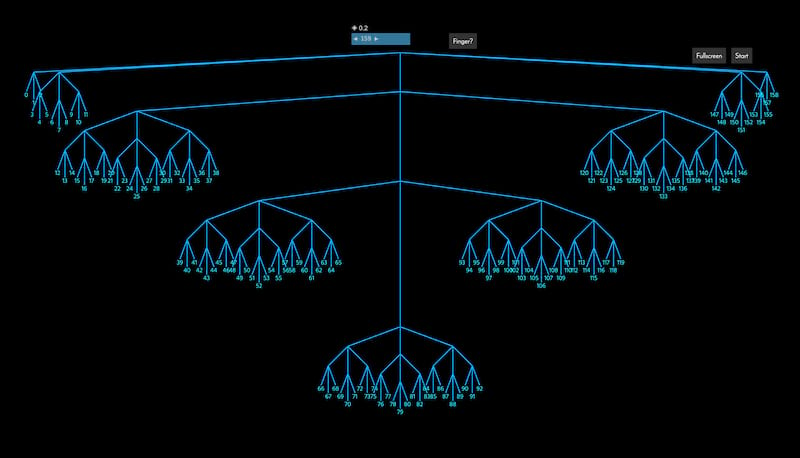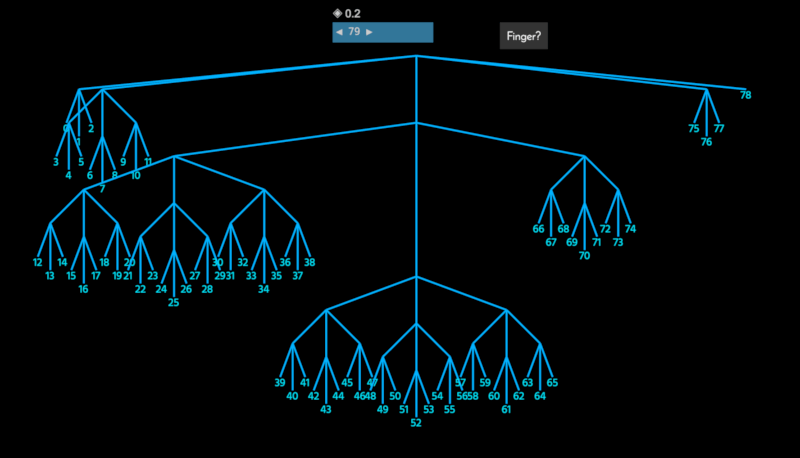28 releases
| 0.0.18 | Feb 25, 2024 |
|---|---|
| 0.0.17 | Feb 17, 2024 |
| 0.0.11 | Jul 26, 2022 |
| 0.0.10 | May 31, 2022 |
| 0.0.1-a8 | Nov 21, 2021 |
#337 in Data structures
Used in 2 crates
705KB
2.5K
SLoC
Persistent structrual sharing tree for Calcit
a variant of 2-3 tree, with enhancements on ternary branching, optimized with tricks like finger-tree.
t.pop_left() and t.push_right(..) is optimized to be amortized O(1) at best cases and O(log n) when restructuring involed.
Tree layout from 0 to 159 watch video or try live demo.

Usage
Docs https://docs.rs/im_ternary_tree/ .
use im_ternary_tree::TernaryTreeList;
println!("{}", TernaryTreeList::<usize>::from(&[]));
// assoc
let origin5 = [1, 2, 3, 4, 5];
let data5 = TernaryTreeList::from(&origin5);
let updated = data5.assoc(3, 10);
println!("{}", data5.format_inline());
println!("{}", updated.format_inline());
assert_eq!(updated.unsafe_get(3), 10);
Optimizations
方案设计的中文介绍 https://www.bilibili.com/video/BV1z44y1a7a6/
This library has special optimizations on push_right and pop_left with tricks from finger-tree.
And as its size grows, it's always operating on a shallow branch at right end, wasting fewer nodes for indexing new elements, a random demo looks like:

Also the left branches are kept shallow on purpose so it can be cheaper in pop_left. Totally inspired by finger-tree.
Known Issues
- no optimizations on
pop_rightandpush_left. - elements in the middle could be inside deep branches, leading to slow performance.
License
MIT